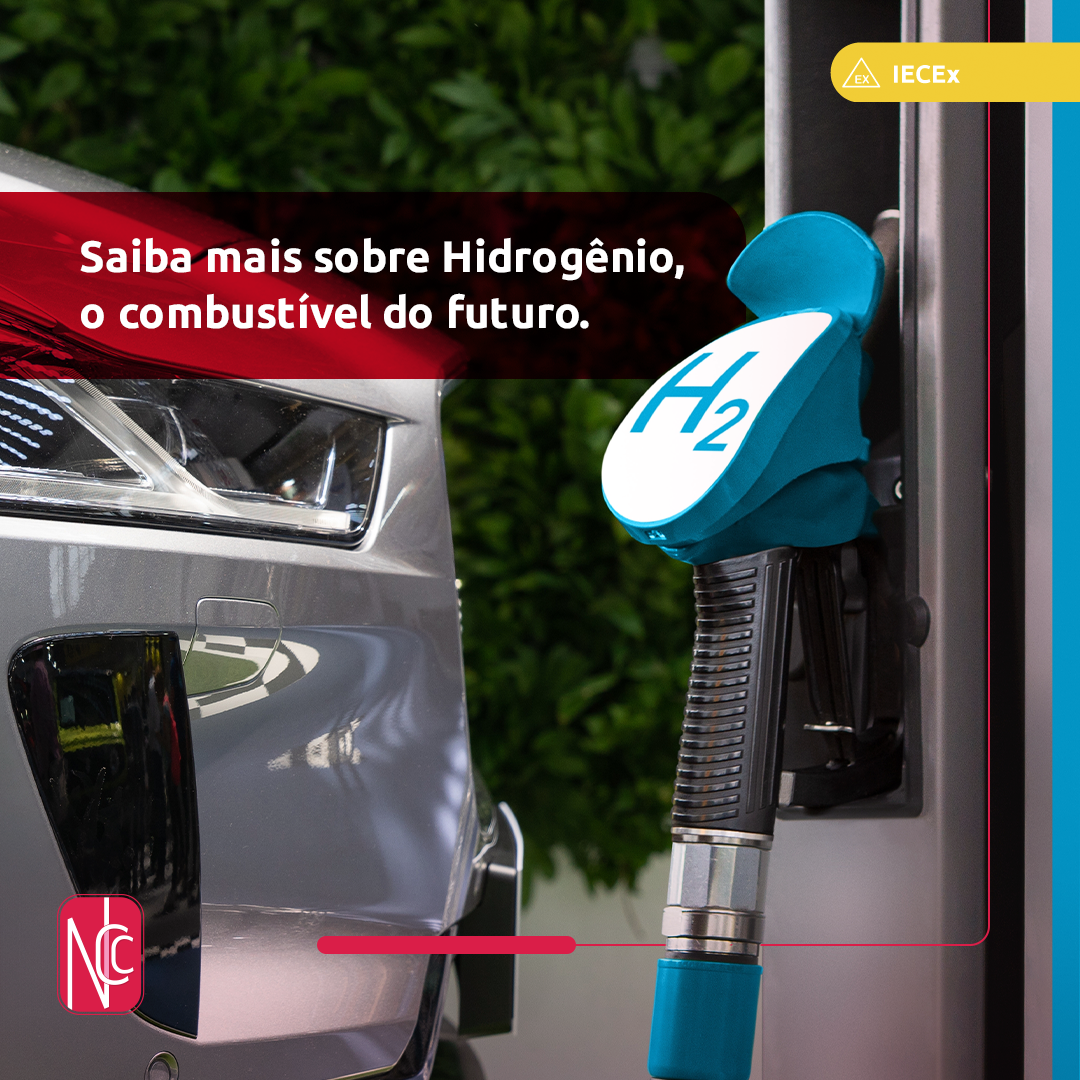Hydrogen can be used as an alternative fuel and is versatile, applicable in power generation, transportation, heating, or other industrial processes. It can be stored, making it an excellent option for off-grid energy supply configurations and for enabling rural electrification.
Hydrogen production is an ongoing process and can be categorized by colors, depending on the CO2 emissions associated with its production.
Colors
White hydrogen: Natural geological hydrogen.
Green hydrogen: Electrolysis of water using renewable electricity.
Blue hydrogen: Natural gas reforming with carbon capture.
Gray hydrogen: Obtained from natural gas or methane.
Turquoise hydrogen: Pyrolysis of methane.
Golden hydrogen: Produced by microbial activities in depleted oil wells.
Orange hydrogen: Obtained from waste.
Pink (or purple or red) hydrogen: Electrolysis of water with electricity from nuclear power plants.
Moss hydrogen: Produced from biomass and biofuels through catalytic reforming, gasification, or anaerobic biodigestion.
Brown and black hydrogen: Produced from the gasification of lignite (brown coal) and black coal.
“Low-emission hydrogen” was the name adopted by Brazil to refer to hydrogen produced from renewable sources, nuclear energy, and fossil sources with carbon capture.
Low-carbon hydrogen
But the way in which hydrogen is produced has been criticized in recent years, since the vast majority of hydrogen used is produced by extracting hydrocarbon compounds such as gas, coal and oil. This process is far from environmentally friendly, emitting 830 million tons of carbon dioxide a year.
The “low-carbon” alternative is electrolysis, where electricity is used to split water into hydrogen and oxygen. Emissions are significantly lower when electricity is sourced from renewable energy.
Also, with the decreasing costs of renewable energy sources such as solar photovoltaics and wind generation, “low-carbon” hydrogen could become the more cost-effective option as well.
This is promising for the planet and humanity, but we’re not there yet. New technologies like these require significant investment.
Transport – Trains
Trains have long been one of the cleanest and most sustainable forms of transportation. As we work towards meeting climate goals, the hydrogen train industry is advancing, and the IEC (International Electrotechnical Commission) is already drafting the related standards.
According to international sources, particularly the International Energy Agency, trains transport 8% of the world’s passengers and 7% of global freight, yet they account for only 2% of total energy demand in transport. In fact, electric rail transport, which produces zero carbon emissions, makes up more than 85% of passenger trains and 55% of freight trains.
However, electric trains come with some challenges, such as the high cost of electric wires and substations, which can be particularly prohibitive in regions with difficult geography, such as mountainous areas. Hydrogen-powered trains offer a promising way to reduce rail emissions, as they require significantly less infrastructure and hydrogen fuel cells can travel longer distances on a single charge.
As a result, there is a growing number of hydrogen-powered train projects around the world, particularly in developed countries.
Tests are currently underway for Japan’s first hydrogen hybrid train, called Hybari, with plans for it to become commercially operational by 2030. Other countries, such as Chile and India, are also making plans to implement hydrogen-powered trains, while China has already been using hydrogen streetcars for some time.
International Standards
International standards will play a crucial role in ensuring the worldwide harmonization, as they bring together international best practices to ensure reliability, performance, safety and provide a platform on which innovation can take place. By enabling interoperability, standards can be powerful tools for accelerating industry growth.
Currently, there are internationally harmonized requirements for electric and diesel-powered trains regarding safety and performance. However, no such standards exist for hydrogen-powered trains. This gap results in significant time and resources being spent on testing and evaluation, ensuring that components and systems are safe and suitable for use.
The International Electrotechnical Commission (IEC) is actively working on a series of standards to fill this gap. These standards will define requirements for the design of fuel cell power systems, hydrogen fuel systems, performance metrics, and test methods for fuel cells and hydrogen storage and distribution technologies — particularly for railway applications.
Hydrogen, whether produced from fossil fuels or renewable sources, is highly flammable and must be handled with care. Since its inception, one of the four conformity assessment systems managed by the IEC, IECEx (the IEC System for Certification for Explosive Atmospheres), has been focused on certifying equipment, services, and personnel competencies in areas related to hydrogen. IECEx oversees compliance with international standards for hydrogen safety, performance, and interoperability. Its certification continues to be a valuable tool for facilitating hydrogen-related trade at both the national and international levels.
NCC Certificações do Brasil is a participating body in the IECEx System for the certification of equipment and services.
Sources:
https://epbr.com.br/hidrogenio-verde-azul-cinza-entenda-o-que-cada-cor-significa-e-as-perspectivas-de-desenvolvimento/
https://www.ecotx.com.br/um-guia-para-as-cores-do-hidrogenio/
https://etech.iec.ch/issue/2024-02/all-aboard-the-hydrogen-train"
Blog






